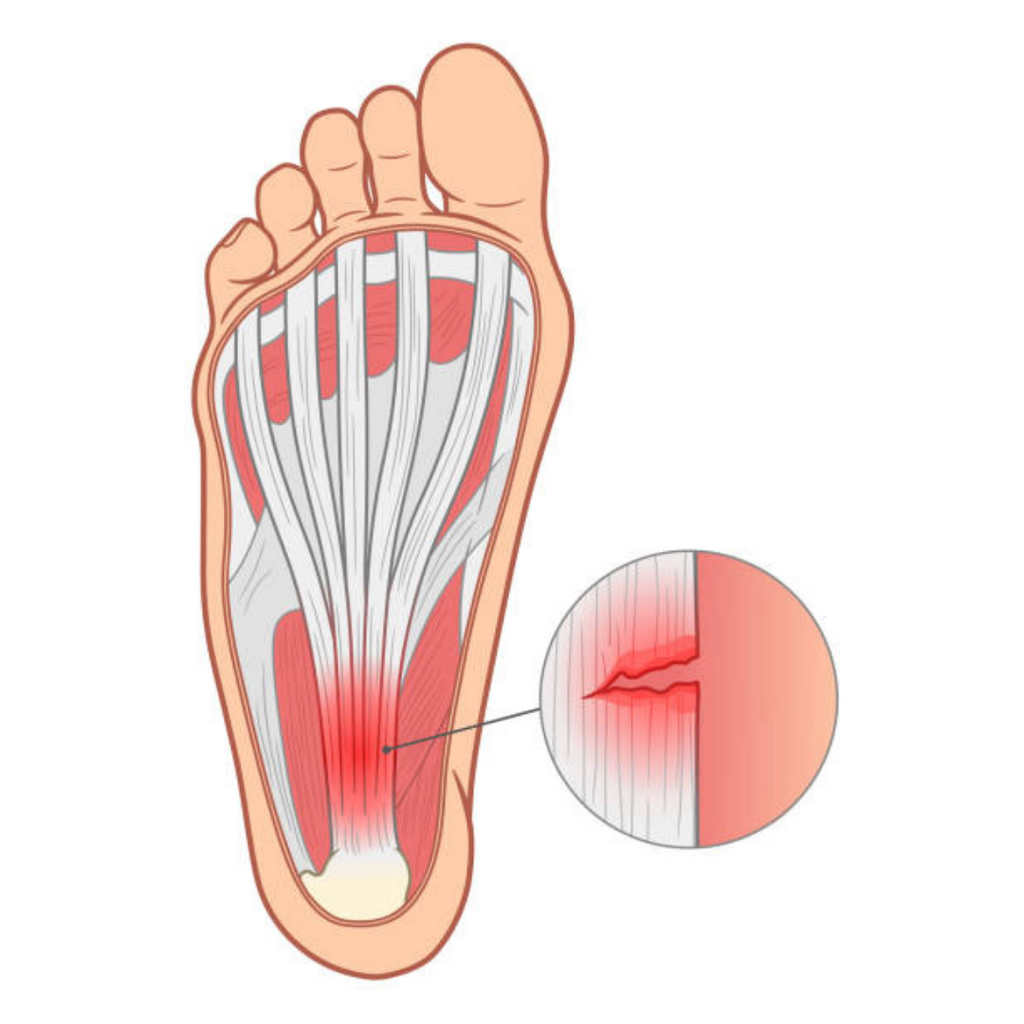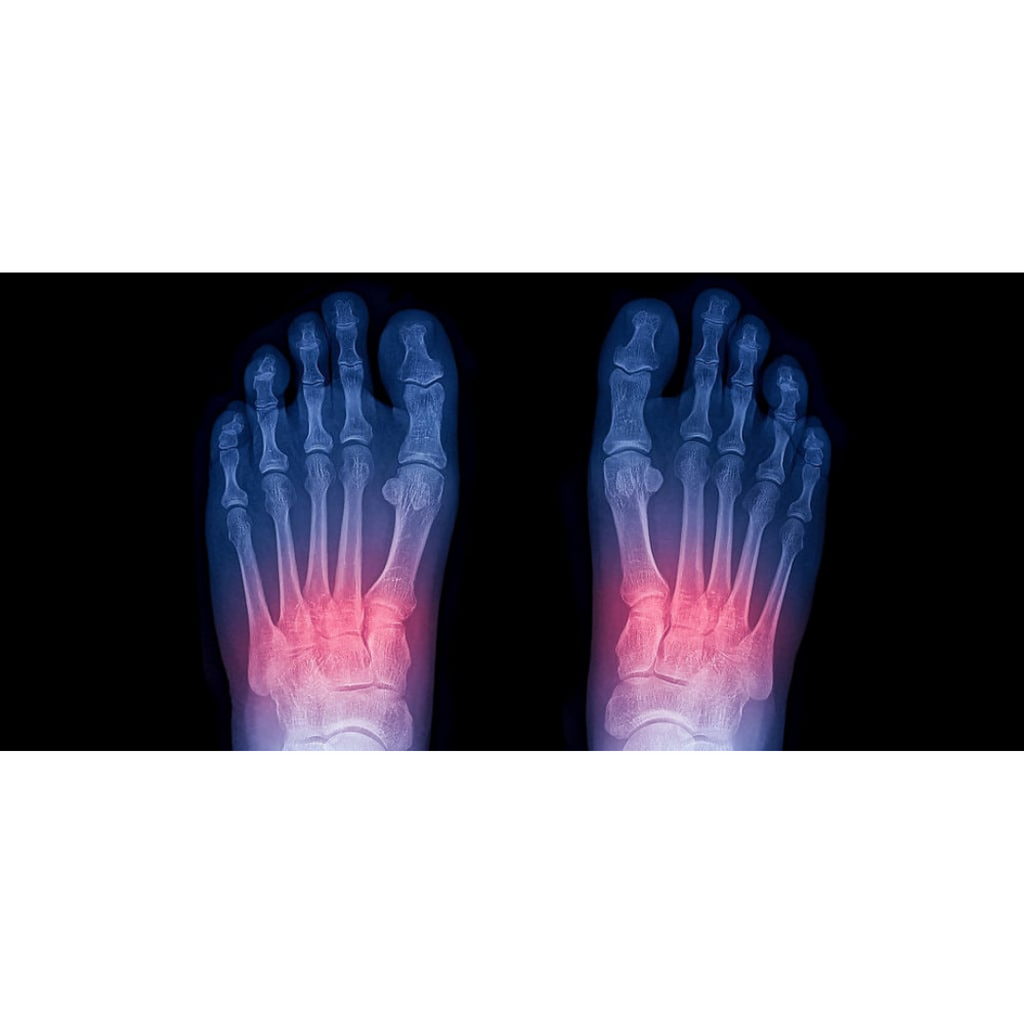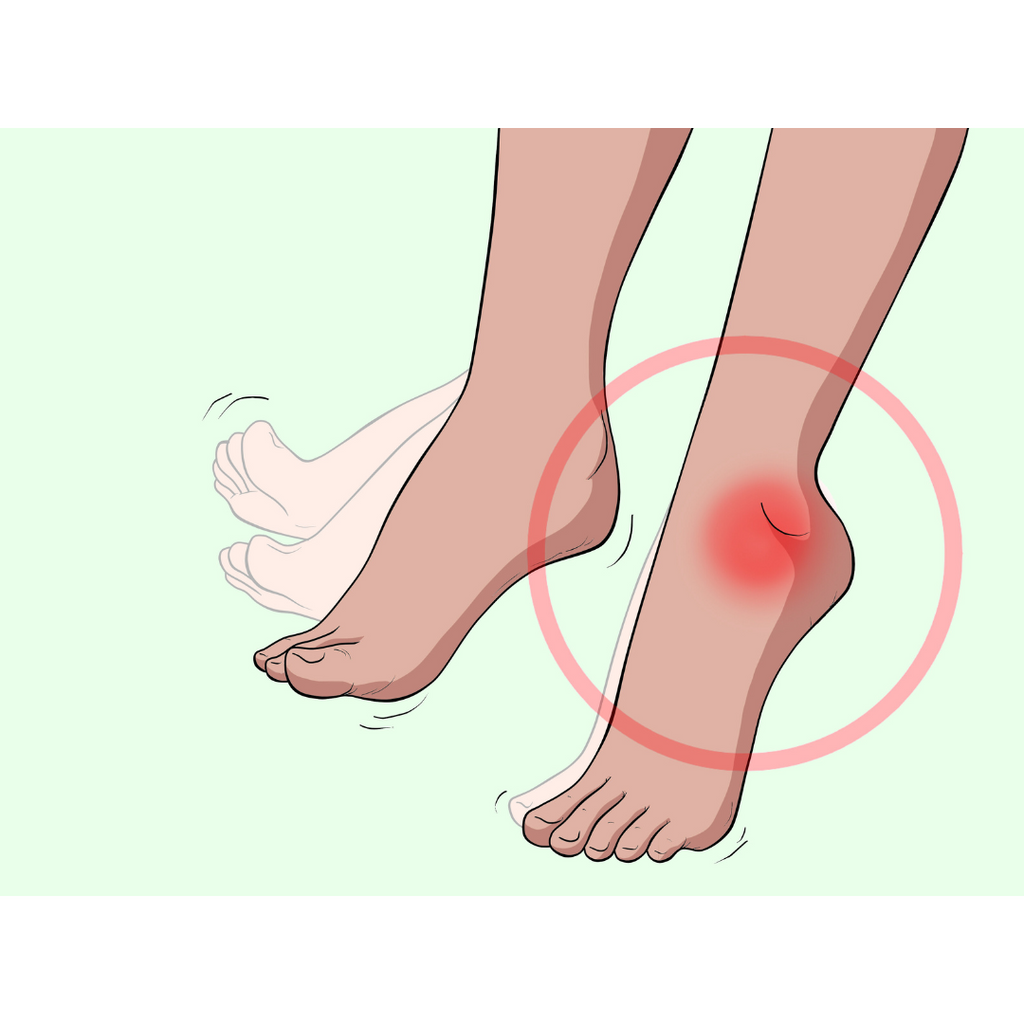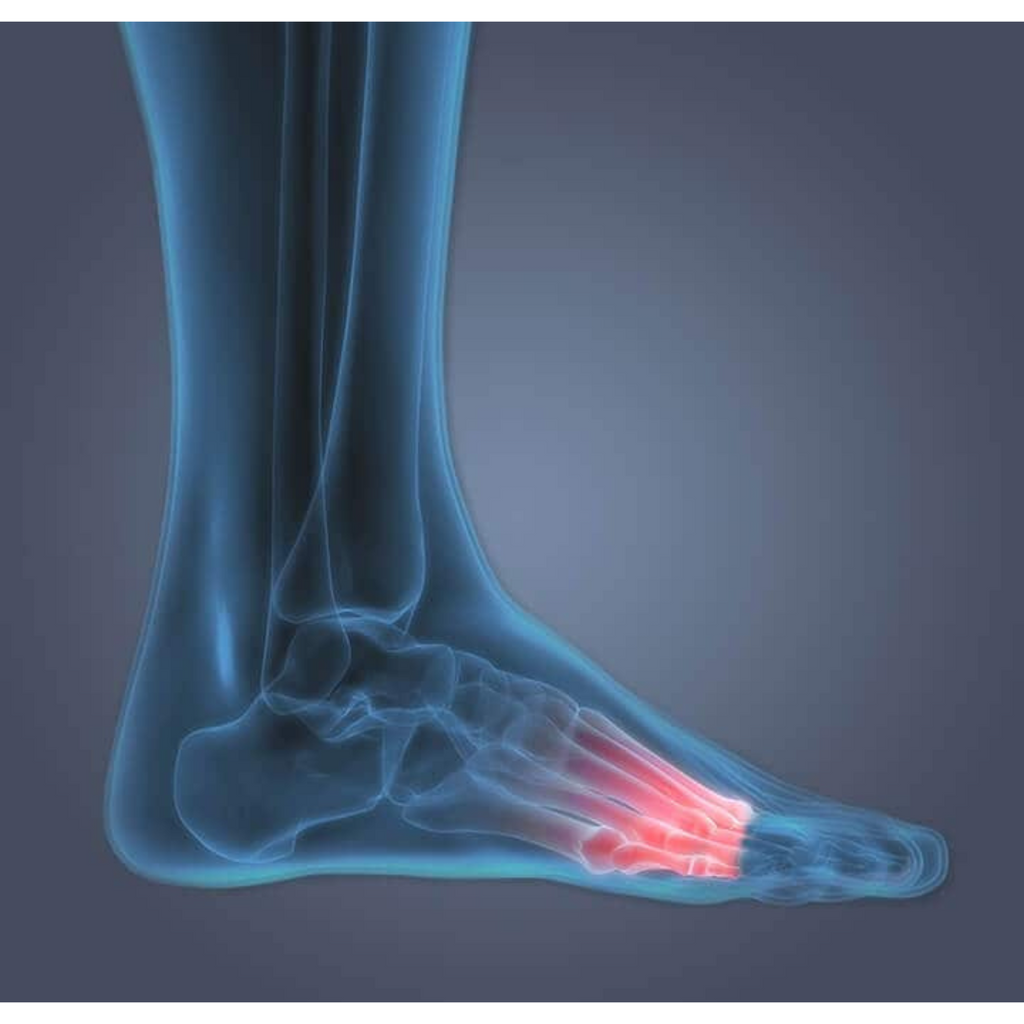Do you have trouble sleeping because of your knee pain? Nocturnal joint pain can be caused by a variety of medical conditions and injuries, making it difficult to determine the best treatment option. Here are some of the most common causes of knee pain while sleeping, as well as some home remedies and simple sleep-improvement tips. You don't have to go through life unable to sleep because of knee pain. So keep reading to learn how to completely eliminate this pain.
Why is Knee Pain Worse at Night?
There are several reasons why your knee pain worsens at night:
- At night, pain is perceived to be worse. As you climb into bed and begin to quiet your mind, the pain becomes more pronounced than when you were active and distracted by your activities during the day.
- Your knee joint may swell as a result of an active day. Your muscles and surrounding tissue tighten when you lie down to rest. The synovial fluid that circulates around your knee joint will slow, causing additional swelling.






